In 1969, The Veterinary Critical Care Society (VCCS) was established as an outgrowth of the Intensive Care Committee which was formed in 1964 as a subcommittee of the American Animal Hospital Association Circulatory Disease and Cardiology Committee. At that first subcommittee meeting in Miami, Florida, Dr. Robert Knowles served as the chairman.
In the 1969 first official meeting of the Society, Dr. Fred Sattler, along with Dr. William Whittick, Dr. Knowles and Dr. Ira Zaslow, conducted the first wet lab with the focus on ventilation, cardiac arrest and resuscitation. Approximately 15 veterinarians attended the day-long wet lab. Training programs have been presented each year since. Also participating in that day-long session were icons in human medicine; Dr. William Shoemaker (Father of Human Critical Care medicine), Dr. Clifford Snyder (a Professor of Plastic Surgery at the University of Utah School of Medicine) and Dr. Forrest Bird (Father of Human Ventilation Therapy & Medicine). These four men later became honorary Lifetime VECCS Members. This early CPR training now over 50 years later has evolved into the development of the RECOVER initiative which is the international standard for CPR.
The VCCS was formally incorporated in 1974. In 1983 the Veterinary Anesthesia Society partnered with VCCS to produce quality educational programs. The name of the organization was changed to the Veterinary Emergency and Critical Care Society (VECCS) when the American Association of Veterinary Emergency Clinicians joined the Society in July 1984. Dr. Tim Crowe and Dr. Jerry McGraw represented the ER doctors at that meeting. Membership has grown from approximately 200 in 1985 to 7,000 in 2024. The membership represents a variety of areas of veterinary medicine, including private general practice, specialty referral practice, emergency practice, and teaching institutions. Membership is worldwide, with representation from nearly 60 countries located on every continent.
Inspiring excellence in emergency and critical care for animals by cultivating an inclusive community and empowering one another to thrive.
Raising the level of patient care.

MS, RVT, VTS (ECC, SAIM)
President
University of Missouri – Columbia
Class of ‘2017
Member since 2004
Challenging the field to reimagine veterinary nursing.

DVM, DACVECC
President-Elect
University of California, Davis
Class of 2004
Member since 2004
Currently lives in Davis, California.
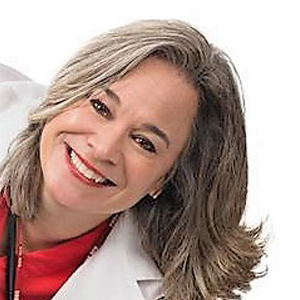
DVM, DACVECC
Past President
Michigan State University, DVM
Class of ’97
Member since 1998
Currently lives in Norwalk, CT and is a Staff Criticalist at Cornell University Veterinary Specialists.
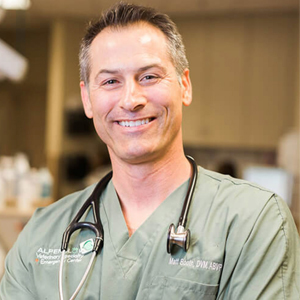
DVM, DABVP
Treasurer
University of Georgia
Class of ’97
Member since 2010
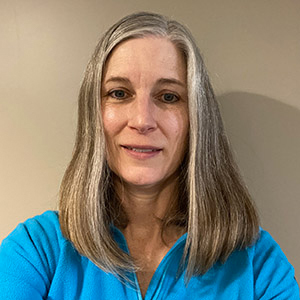
DVM, DACVECC
Secretary
Cornell
Class of ’93
Member since 1994
Currently lives in Pennsylvania
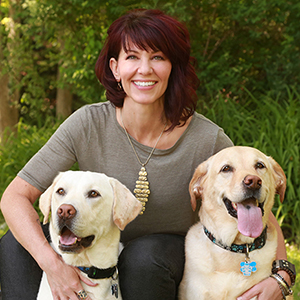
CVT, CVPM
Member-At-Large
Member since 1995
Currently lives in Appleton, WI

RVN, AVN,
VTS(ECC)(A/A), GCHEd
Member-At-Large
The University of Queensland
Class of ’98
Member since 1998
Currently lives in Queensland, Australia
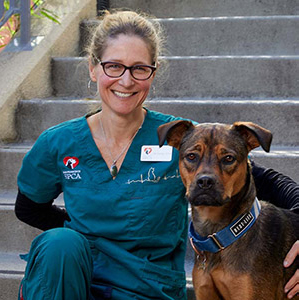
DVM
Member-At-Large
University of California, Davis
Class of 2000
Member since 2011
Currently lives in San Francisco, CA
VetMB, MA, MBA, MRCVS, CAE
Chief Executive Officer
CEM, CMP
Director of Meetings & Events
Director of Marketing & Membership
Director of Finance
Membership & Registration Manager
Education Manager
Exhibit Manager
Staff Accountant
Office Coordinator
Meetings & Events Coordinator
Marketing Coordinator